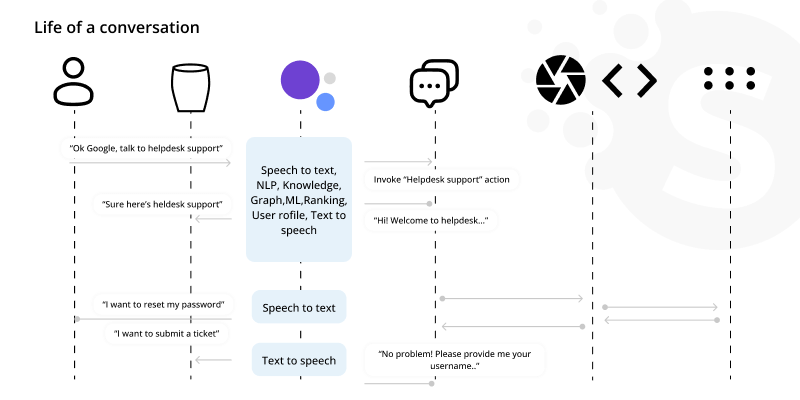Smart Voice Assistant on Behance Circuit Diagram
BlogSmart Voice Assistant on Behance Circuit Diagram Learn how to build and run your own voice assistant locally using Whisper, Ollama, and Bark. Building an AI voice assistant that fits your needs perfectly is an exciting and rewarding project. By understanding the capabilities of AI assistants, following the 10 tips outlined above, and leveraging tools like ChatHub, you can create a realistic and functional assistant tailored to your goals. Learn to create a powerful AI voice bot from scratch. Get expert tips, code-free techniques, and real examples to launch your conversational AI assistant today.

Over-Reliance: Use AI for augmentation—not replacement. Double-check critical decisions. Pro Tip: Regularly review and delete outdated data in your AI's memory to minimize exposure. Conclusion: The Future With A Personal AI Assistant As AI evolves, expect assistants to become more proactive. Soon, they might: Learn how to build your own AI assistant from scratch! This ultimate step-by-step guide covers speech recognition, NLP, and more.

How to Build an AI Voice Assistant That Fits Your Needs? Circuit Diagram
Introduction Building an AI-Powered Voice Assistant: A Step-by-Step Guide is a comprehensive tutorial that will walk you through the process of creating a voice assistant using artificial intelligence (AI) and natural language processing (NLP) techniques.

Learn how to create an AI voice assistant with speech recognition, machine learning, and natural language understanding. Explore how to build a local AI voice assistant with Raspberry Pi. Enjoy privacy, customization, and control over your smart home.
